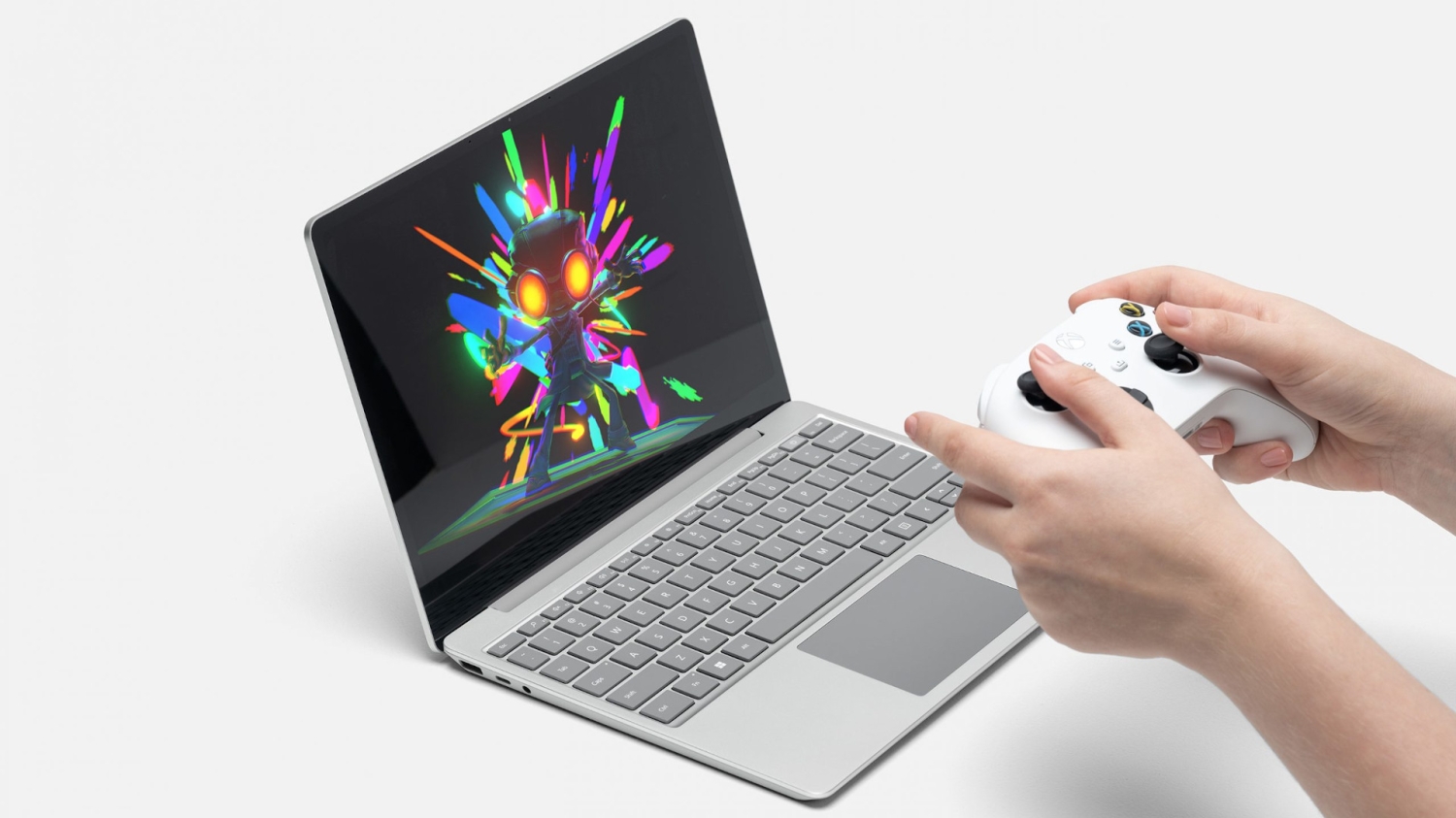Windows has a relatively new feature called auto color management (acm) that should correctly display SDR content on an HDR display. Otherwise your SDR content will be oversaturated because it’ll be expanded to your displays wide gamut.
I have a wide gamut display and I made a thread on this forum about how I use novideo_srgb to clamp the gamut and also calibrate full screen games.
I have a wide gamut display and I made a thread on this forum about how I use novideo_srgb to clamp the gamut and also calibrate full screen games.



